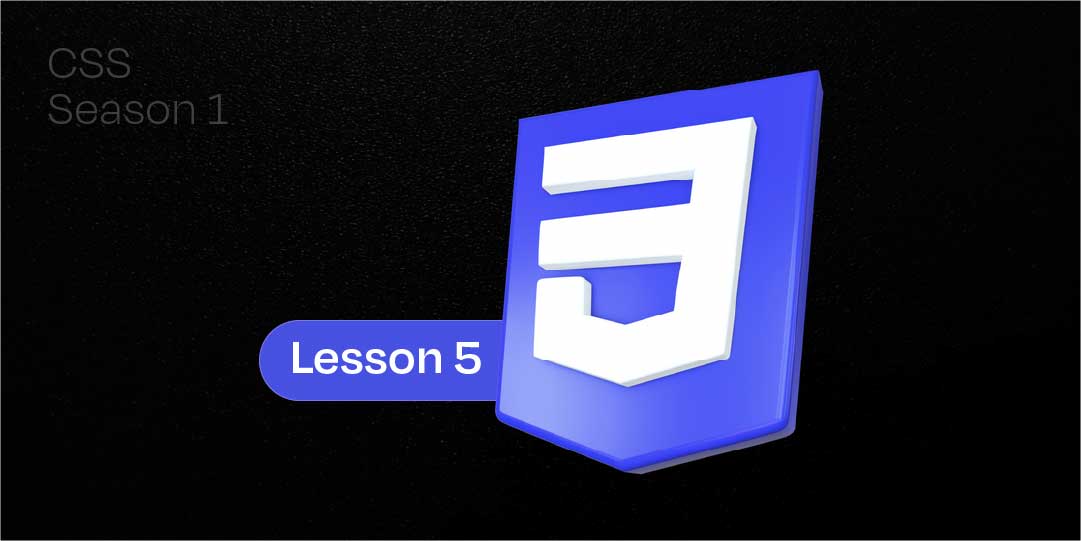CSS preprocessors are scripting languages that extend CSS and compile it into regular CSS. They provide a range of features that make writing and maintaining CSS more efficient and powerful.
Sass (Syntactically Awesome Stylesheets)
Key Features
Variables
Allows the use of variables to store values such as colors, fonts, or any CSS value that you use repeatedly.
Nesting
Enables nesting of CSS selectors in a way that follows the same visual hierarchy of your HTML.
Partials and Importing
Allows splitting CSS into smaller, reusable pieces, which can be imported into a main stylesheet.
Mixins
Define reusable chunks of code that can be included in other selectors.
Inheritance/Extend
Share a set of CSS properties from one selector to another.
Less (Leaner Style Sheets)
Key Features
Variables
Similar to Sass, allows the definition of variables.
Nesting
Supports nesting of selectors in a way that mirrors HTML structure.
Mixins
Allows the inclusion of a set of properties from one rule-set into another.
Functions and Operations
Can perform mathematical operations and use built-in functions.
Importing
Like Sass, allows importing of other .less files.
Benefits of Using CSS Preprocessors
Code Reusability: Variables, mixins, and imports help in reusing code efficiently.
Maintainability: Nesting and modular file structures make it easier to maintain and understand the CSS.
Functionality: Advanced functions and operations allow for more dynamic and flexible styles.
Consistent Styles: Variables ensure consistency in values like colors and font sizes throughout the stylesheet.
